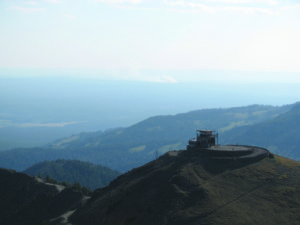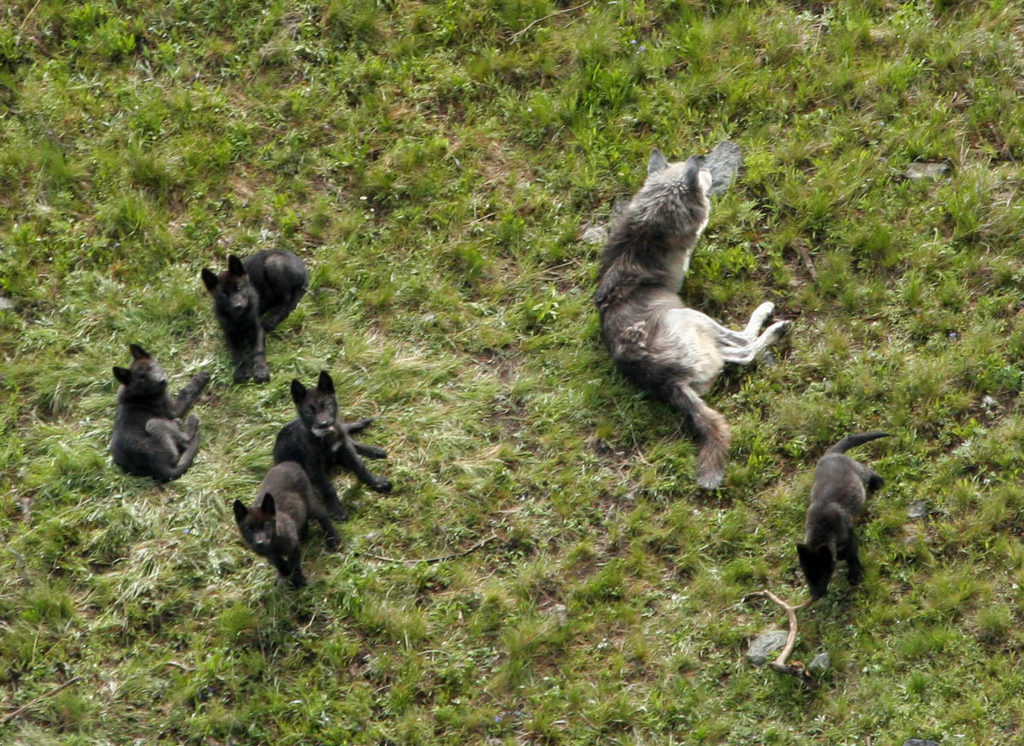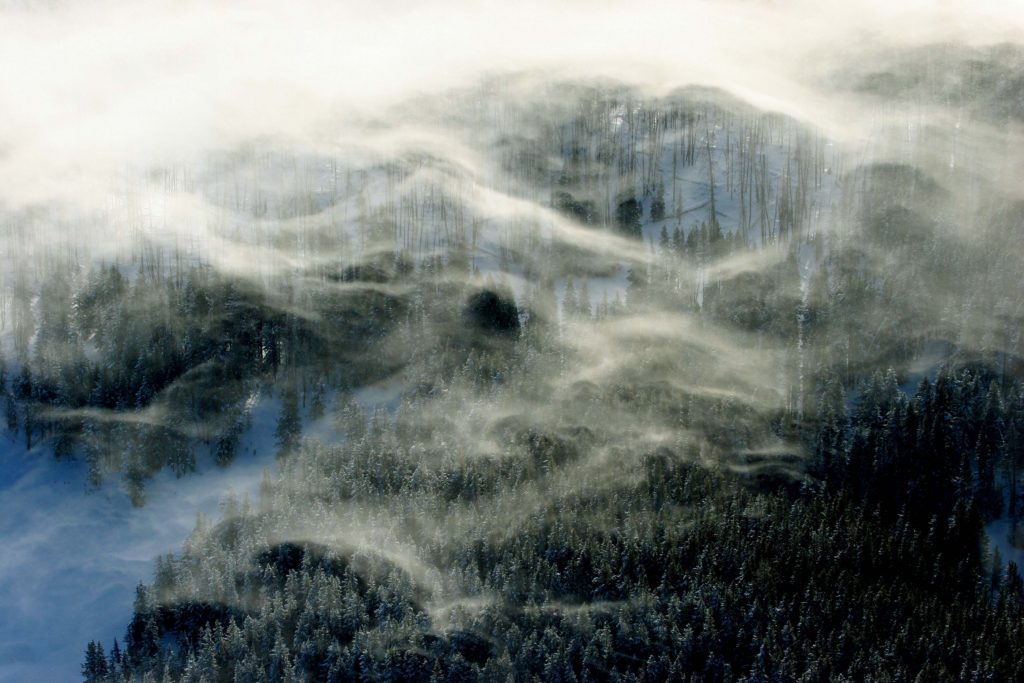Help from above
Fire lookouts in Yellowstone
YELLOWSTONE PARK FOUNDATION
At one time there were as many as 10 fire lookout stations staffed each summer in Yellowstone National Park.
Strategically placed on the highest mountaintops throughout the park, they served as the primary method to detect and monitor wildfires. Over the years, that number has been greatly reduced, but the stations—and the people who staff them—still have a critical role to play.

Currently, there are four fire lookouts in the park: Mount Washburn, Mount Sheridan, Pelican Cone and Mount Holmes. Washburn is the only one inhabited for the full summer season, and the others are used only if there is an active fire in the vicinity to monitor. In an average year, lightning ignites approximately 25 fires and an additional six to 10 are caused by humans.
Yellowstone Fire and Aviation Management Officer John Cataldo explains that it is both a large expense and a potential risk to keep a fire lookout stationed in a remote location, since pack animals and helicopters are needed to drop off supplies.
This expense and risk led to the elimination of some of the park’s lookout stations—such as Purple Mountain and Divide Mountain—and to cease full-time staffing of the others except Washburn. While visitors must hike to reach the summit of Mount Washburn and its 360-degree views of Yellowstone, the peak can be accessed by administrative vehicles.
Aerial monitoring and, more recently, technology like webcams and cell phones, have reduced the need for multiple full-time lookouts. Though aerial monitoring is expensive, the large number of wildlife research-related flights in Yellowstone—such as wolf pack observation flights—serve double duty by helping detect and monitor fires.
Yet Cataldo is quick to point out that fire lookouts still play an important role in wildland fire management.
“Humans observing a fire for an extended period of time can offer more information on the character and behavior of a fire than a webcam or quick flight,” Cataldo said. “They can often see smaller fires or night-time fires first, before a camera would pick them up.”
Lookouts can also help fire personnel quickly investigate a fire that has been called in by a visitor. In many of these cases, the reported fire is actually a “water dog,” a columnar cloud of vapor indicating recent rain that appears above the treetops. In such cases, the fire lookout helps conserve resources by reducing the need for ground response.
Not that the reports by visitors aren’t appreciated.
“We have 3.5 million amateur fire lookouts helping us, and they do a pretty good job. It is rare to have a fire in Yellowstone that isn’t reported immediately,” Cataldo said.
Aerial photos aid park biologists
YELLOWSTONE PARK FOUNDATION
Digital photography has changed the way most of us take pictures when we’re on vacation, and today it is also revolutionizing wildlife research.
Observing wolves, bears and other animals can be challenging because researchers don’t want to get so close that they alter the animals’ natural behavior, and details are difficult to capture with the naked eye. But now Yellowstone is eliminating those challenges with a powerful data collection method.
For the past few years, Yellowstone biologists have been capturing close-up digital photographs of wildlife from an aircraft several hundred feet above the ground. They use high-powered zoom lenses with image stabilizing capabilities, which produce startlingly clear images. Canon U.S.A. helps make these images possible with their Eyes on Yellowstone program.
Aerial images have enabled researchers to identify individual wolves in a pack, determine the presence and number of pups in a litter, and observe strategies packs use to surround and kill prey. This technique has even identified mange affliction in a Yellowstone wolf.
In the process of photographing wildlife, researchers have also taken some pretty stunning images of Yellowstone’s landscape, from an unusual perspective.
Below are a few images park biologists have taken over the years.















